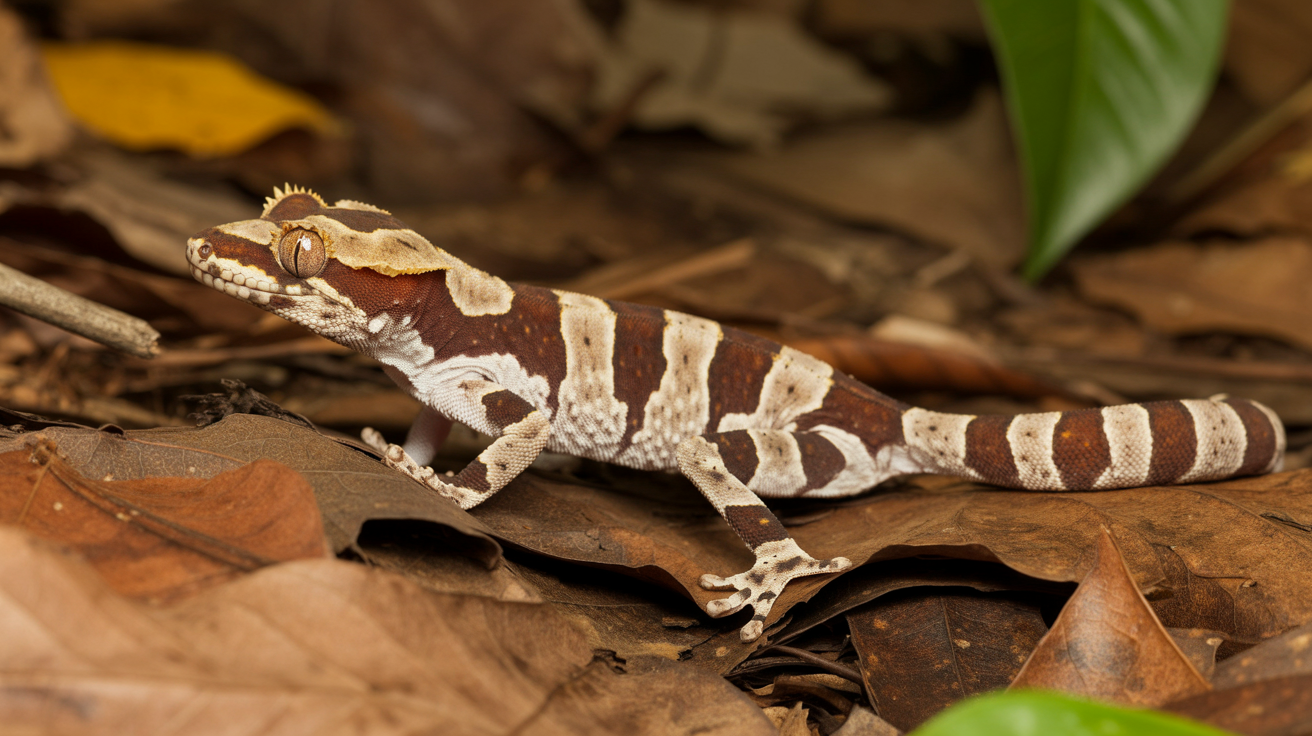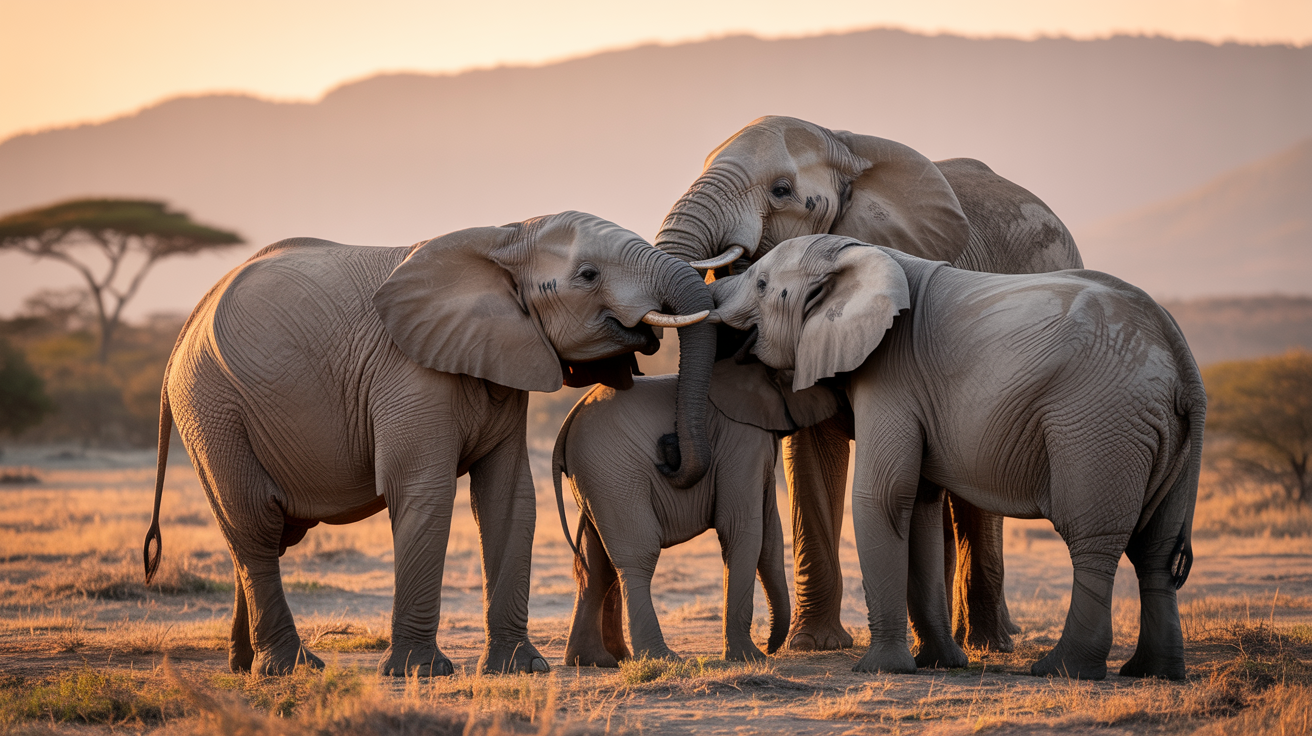Introduction: Nature’s Art of Deception
From the lush rainforests to the barren deserts, countless animals have evolved extraordinary ways to blend seamlessly into their surroundings. Camouflage, or cryptic coloration, is a survival strategy used by predators and prey alike to either avoid detection or to ambush the unsuspecting. But how exactly does camouflage work, and what makes it so effective? Let’s explore the science behind one of nature’s most ingenious tricks.
How Does Camouflage Work?
Camouflage is more than just blending in. It’s a sophisticated set of adaptations that enable animals to match their environment, break up their outline, or even mimic inanimate objects. Scientists classify camouflage strategies into several main types:
- Background Matching: The animal’s color and pattern closely resemble their habitat (e.g., leaf insects, snowshoe hares).
- Disruptive Coloration: Bold patterns, like stripes or spots, break up the animal’s outline, making it harder for predators to detect them (e.g., zebras, leopards).
- Mimicry: Some species imitate the appearance, sound, or behavior of other objects or organisms (e.g., stick insects mimicking twigs, owl butterflies with eye spots).
- Countershading: Many animals are darker on top and lighter underneath, reducing shadows and making them less visible (e.g., sharks, deer).
The Science: Vision and Perception
Camouflage exploits the visual limitations of predators and prey. Many predators rely on movement or contrast to spot their next meal. By minimizing these cues, camouflaged animals can effectively vanish from view. Some species even have the ability to change their coloration in real-time. For example, chameleons and cephalopods (like octopuses and cuttlefish) can rapidly shift their skin color and texture using specialized cells called chromatophores.
Remarkable Examples in the Wild
- Arctic Fox: Its fur shifts from brown in summer to white in winter, providing year-round camouflage in the snow and tundra.
- Leaf-Tailed Gecko: This lizard’s body mimics dead leaves, complete with notches and irregular edges, making it nearly invisible on the forest floor of Madagascar.
- Stonefish: One of the world’s most venomous fish, it expertly blends into coral reefs, resembling a rock to ambush prey and avoid predators.
- Eastern Screech Owl: Its mottled feathers blend perfectly with tree bark, allowing it to roost undetected during the day.
"In some habitats, up to 70% of species rely on camouflage for survival, highlighting its crucial role in ecological balance."
Camouflage and Evolutionary Arms Races
Camouflage is a product of evolution, shaped by the relentless pressures of natural selection. As predators become better at spotting hidden prey, prey species must evolve even more effective concealment. This ongoing evolutionary arms race drives diversity in camouflage techniques across ecosystems.
Some predators, like the praying mantis, use camouflage not just to hide, but to hunt. By resembling leaves or flowers, they can ambush insects that come too close. Conversely, prey animals continually refine their camouflage to avoid these stealthy predators.
Beyond Color: Behavioral and Seasonal Camouflage
Camouflage isn’t always about color. Many animals use behavioral strategies to enhance their disguise. For example:
- Movement: Staying perfectly still can make even a poorly camouflaged animal nearly invisible to predators that detect movement.
- Changing Habitats: Some species, like the ptarmigan, molt into different plumages to match the changing seasons.
- Building Camouflage: Creatures such as decorator crabs adorn themselves with algae and debris to blend into their environment.
Camouflage and Conservation
Understanding camouflage is vital for wildlife conservation. Habitat destruction, climate change, and pollution can disrupt the delicate balance between animal coloration and their backgrounds, making camouflaged species more vulnerable. For example, earlier snowmelts due to warming temperatures can leave white-furred animals exposed, increasing their risk of predation.
Conservationists use knowledge of camouflage to better protect species and restore habitats. Preserving diverse environments ensures that animals retain the ability to hide, hunt, and thrive in the wild.
Conclusion: The Enduring Mystery of Nature’s Disguises
Camouflage remains one of the most fascinating and essential adaptations in the animal kingdom. It’s a testament to evolution’s creativity and the intricate relationships between predators, prey, and their habitats. As we continue to study and protect wildlife, understanding the science of camouflage deepens our appreciation for the wonders of nature—and the importance of preserving them for generations to come.


